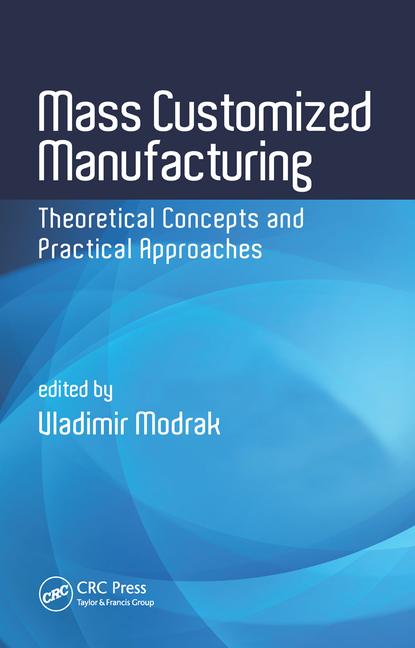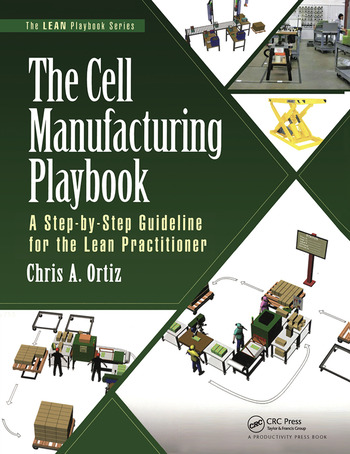Are we graduating enough young engineers to replace the ones who will be retiring in droves over the next few years?
In a recent blog on ASSEMBLY’s Web site, Bill Budde pointed out that no matter where you turn in the assembly and test world, the average employee age is creeping up. Indeed, the average ASSEMBLY reader is 50 years old, according to our 2010 State of the Profession Survey.
Budde, regional director for corporate business development at Assembly & Test Worldwide Inc. (ATW), cites many reasons for the advancing age of his profession. Decades of outsourcing, plant closings and asking people to do more for less have deterred qualified people from careers in assembly and test. Engineering output from our universities has dropped precipitously over the last 20 years. And, assembly automation is an invisible industry. Most college professors who visit ATW’s plant don’t even know what the company does, Budde says, and if professors don’t understand assembly automation, they aren’t likely to encourage students to consider it as a career.
While assembly automation is a microcosm of manufacturing engineering, its aging workforce leads to the broader question of whether we are graduating enough engineers in America. In an interview in Prism, the magazine of the American Society for Engineering Education (ASEE), Sen. Ted Kaufman, D-DE, stresses the danger to U.S. competitiveness posed by our failure to produce enough engineers and scientists. The Senate’s only engineer, Kaufman believes the country is missing an opportunity by not emphasizing the importance of science, technology, engineering and mathematics. “Young people today...want to make a difference,” he argues. “The problem is they don’t view engineering and science as the way to make a difference.”
In its recent aerospace industry outlook, the American Society of Mechanical Engineers reports that the industry is not attracting enough engineers to replace those getting ready to retire, especially in the United States, where more than 60,000 engineers working in aerospace and defense are set to retire by 2012. That dearth is particularly noticeable in the state of Washington, where demand for engineers-largely due to Boeing-consistently exceeds the state’s production by two-to-one. With most of the industry’s engineering workforce already in their late 40s or early 50s, that gap can be expected to widen as these engineers retire in droves over the next 10 years, says John Lederer, associate director of academic affairs for Washington’s higher education coordinating board.
In his State of the Profession report, senior editor Austin Weber reports that the automotive industry has been rebuilding its workforce and boosting production, which is up two-thirds from a year ago. However, a shortage of engineers will not help these manufacturers take advantage of an economy that is starting to pick up.
Fortunately, there are encouraging signs. Enrollment in engineering programs has risen to levels not seen in three decades. For example, the Iowa State University College of Engineering hit a 25-year enrollment high in September 2009. According to the ASEE, enrollment in engineering programs nationally rose 3 percent in 2007 and 4.5 percent in 2008. This suggests that the recession and a desire to make a difference are driving more students to engineering programs. The lure of good job prospects is also helping.
We might be seeing improvement, but it’s no time to be complacent. It remains to be seen whether the recent rise in enrollments signals long-term change. Budde suggests that one way today’s manufacturing engineers can help ensure a future supply of engineering talent is by going to colleges and-perhaps more importantly-high schools, and giving presentations on what engineers do, and how important that work is to our nation. However, to reach the next generation of engineers, the parents of K-12 students must also be involved. We need to do all we can to ensure that the talent search for engineers in the future will be successful.


